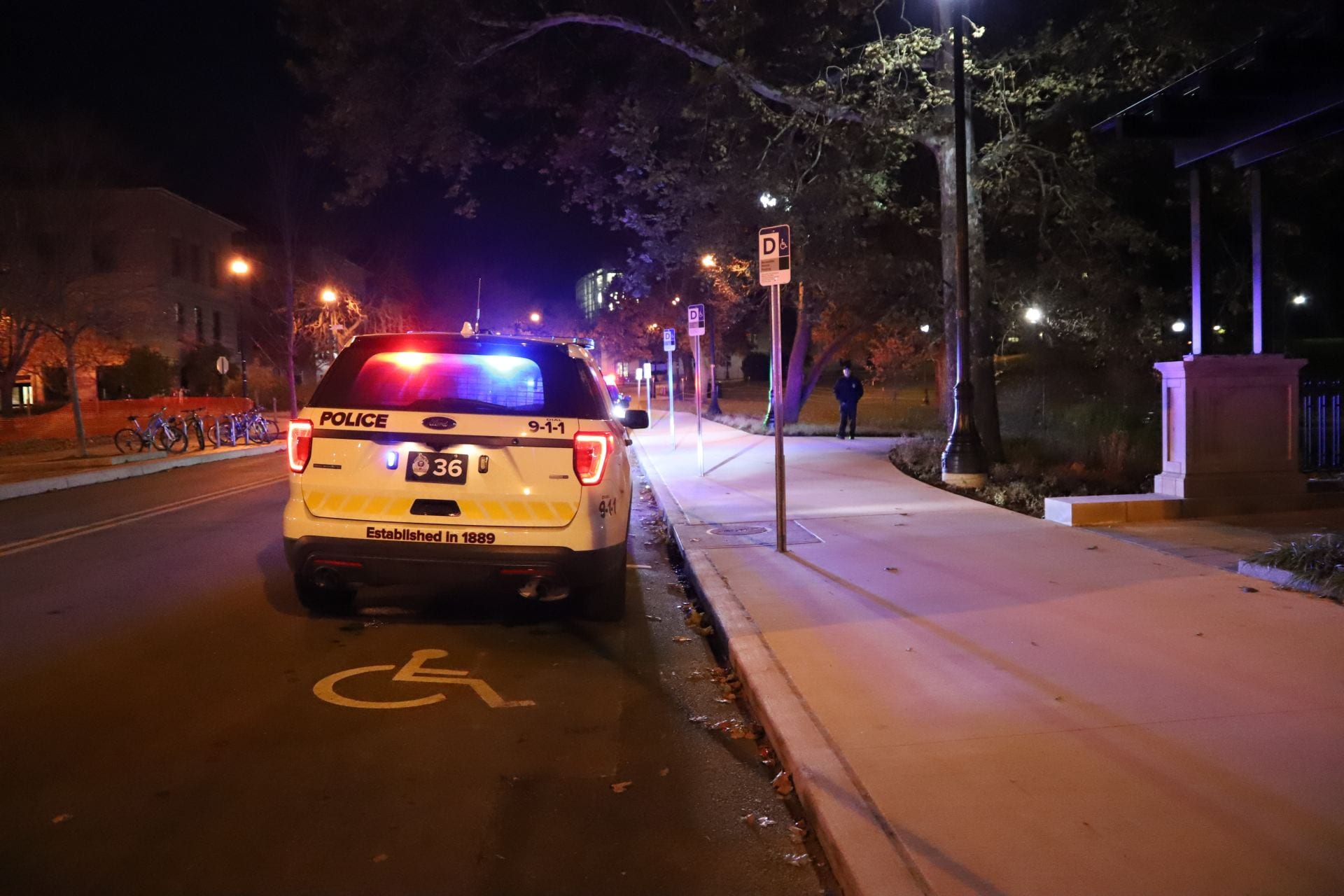Paul Schrader’s new biopic examining the sex-saturated life and mysterious murder of “Hogan’s Heroes” star Bob Crane is at best mildly entertaining.
At worst, “Auto Focus” is a fictionalized, censored, predictable and simple-minded depiction of a fascinating, true story. There is the potential for a remarkable film to come out of this story, but because of the unknown problems – poor direction, script adaptation, legalities? – “Auto Focus” doesn’t take advantage of this opportunity.
Without any knowledge of Crane’s controversial sexual obsessions or subsequent murder, this movie would be much more enjoyable. If you plan to see this film, it would be advantageous not to read any current press about Crane or to have followed news and tabloid publications in the summer of 1978.
Played by the lifeless Greg Kinnear, Crane is depicted as a humble, Hollywood goody-two-shoes – with a harmless interest in pornographic magazines – who is driven into temptation and moral ruin by dubious Sony audio-visual representative Johnny Carpenter (Willem Dafoe).
It is obvious at the film’s beginning it will take the moral-downward-spiral approach – a style over-done by countless films, such as “Midnight Cowboy,” “Boogie Nights” and “Requiem for a Dream.”
Crane is a model husband and father who never drinks or smokes, and is shy about getting attention from female fans. Shy, that is, until one night when Carpenter lures him into a world of sexual excess by tricking him into going to a “party.”
The party turns out to be Crane, Carpenter and two sexually liberated “Hogan’s Heroes” fans. One of the women has her way with a reluctant Crane, while Carpenter tests out some new video equipment with a voluptuous blonde.
This apparent moral sabotage seems less than credible upon viewing, and is confirmed as pure fiction by Crane’s son, Robert Scott Crane, on the Web site he has operated for years: http://www.bobcrane.com.
According to his son, the real Bob Crane was known for his openness about photographing and performing sexual acts with countless women, as well as charming them with his gregarious, over-the-top personality and charisma well before he met Carpenter.
In addition to the fictional departures, the film is at times tacky and predictable. Kinnear has strange narrations that are inconsistent and unfitting for the film.
As Crane’s career and obsession spiral out of control, cinematographer Fred Murphy finds it necessary to visualize this by switching from crisp, smooth, wide shots to dark, jumpy, out-of-focus close-ups. The effect comes across as cheesy and gimmicky.
The weirdest part of the film is the censoring of the real video footage Crane and Carpenter shot of themselves with the women. The vintage video creates an authentic atmosphere, but it is spoiled by blurred out sections covering the mild sex acts.
The film is already grainy and shown through a small television that takes up perhaps one-sixteenth of the screen, making it hard to believe that anything shown on the video would be too raw for the movie’s ‘R’ rating.
While the vintage set and retro costuming at least make the film fun to look at, “Auto Focus” leaves much to be desired. Schader, scriptwriter for such classics as “Taxi Driver” and “Raging Bull,” disappoints audiences who expect more of him. View this film with the same expectations as an episode of “Unsolved Mysteries” or “E! True Hollywood Story” and no one will be disappointed.


